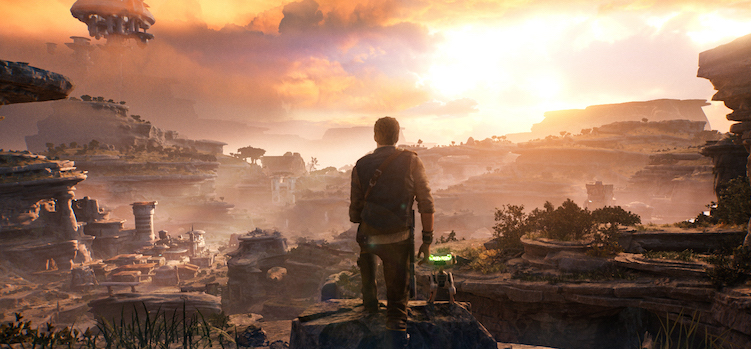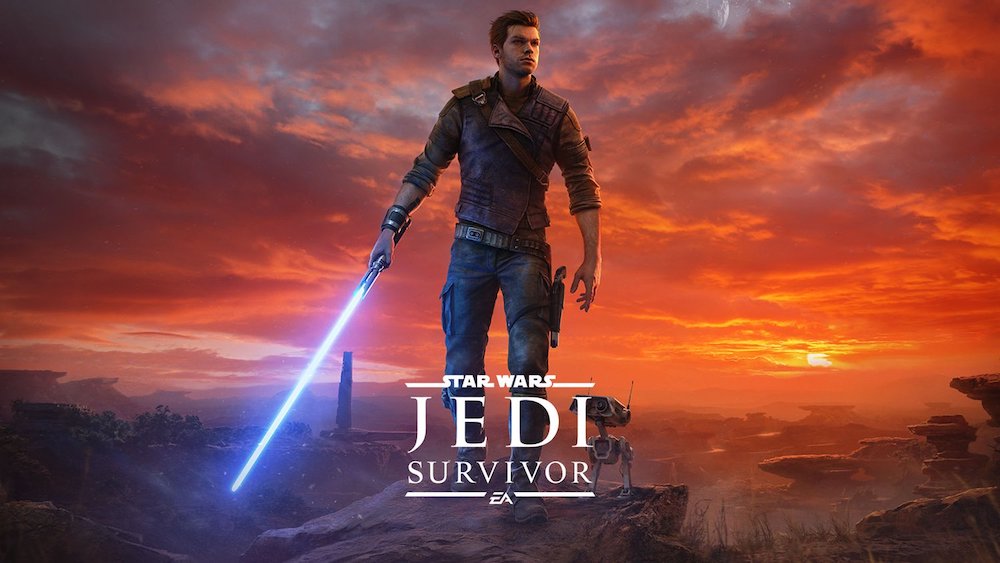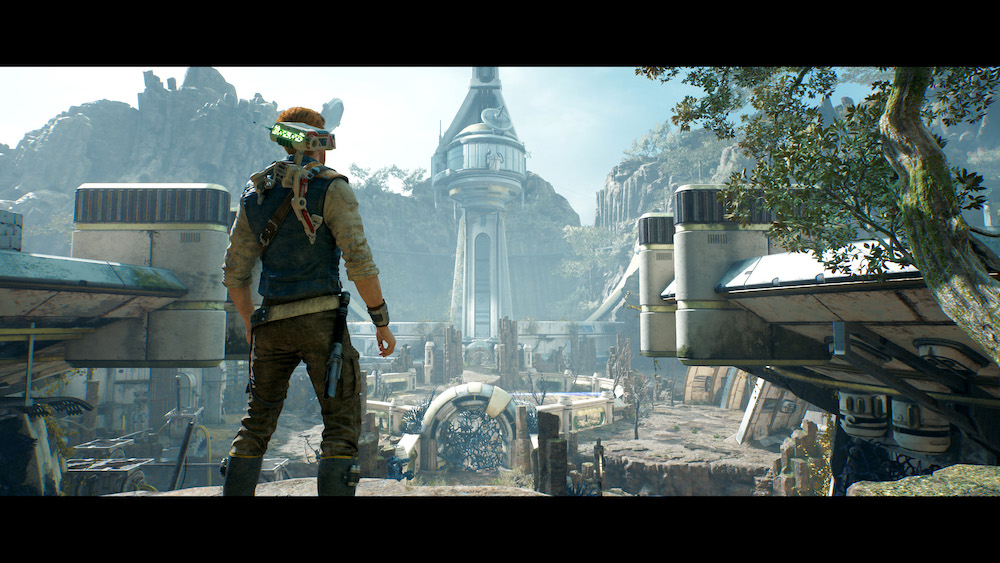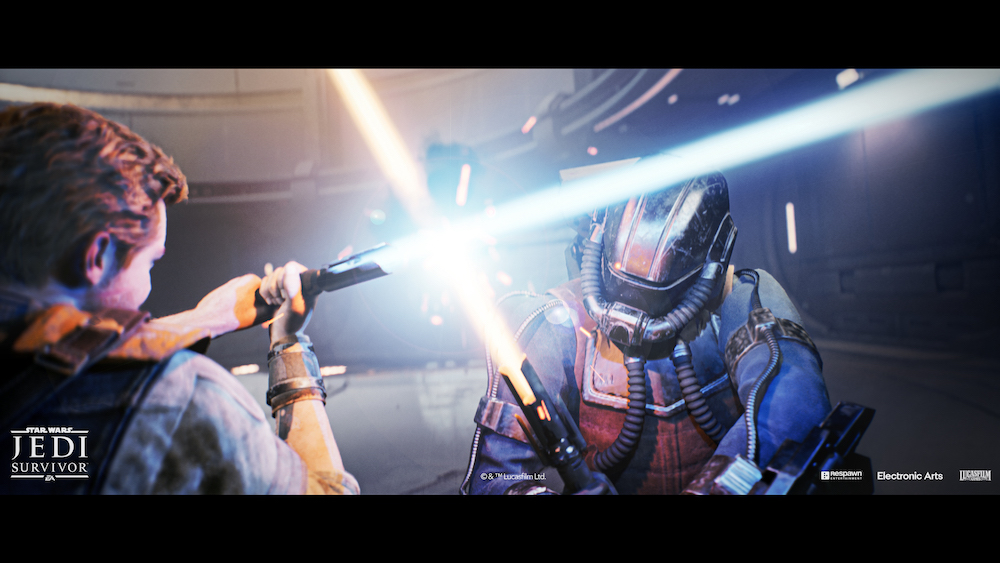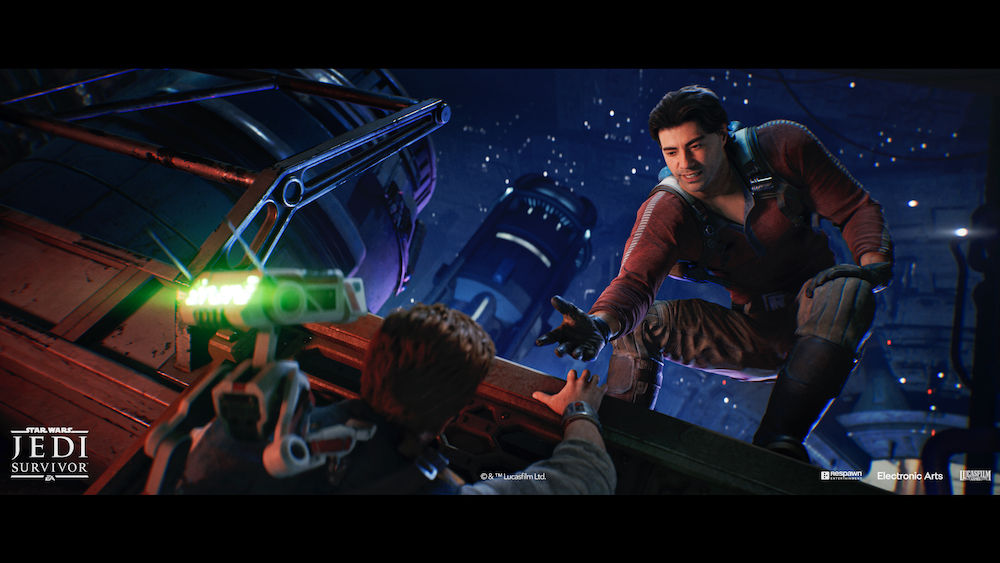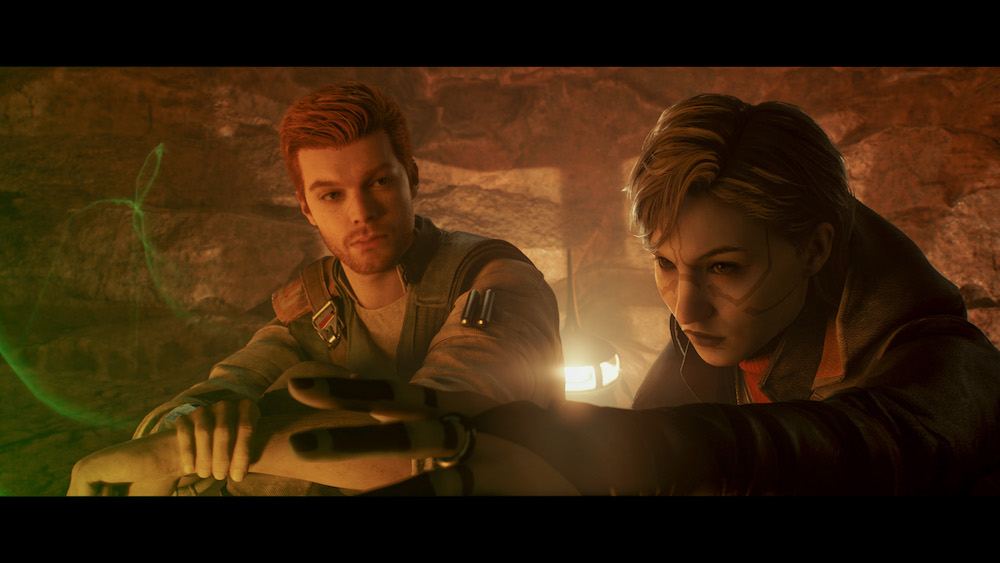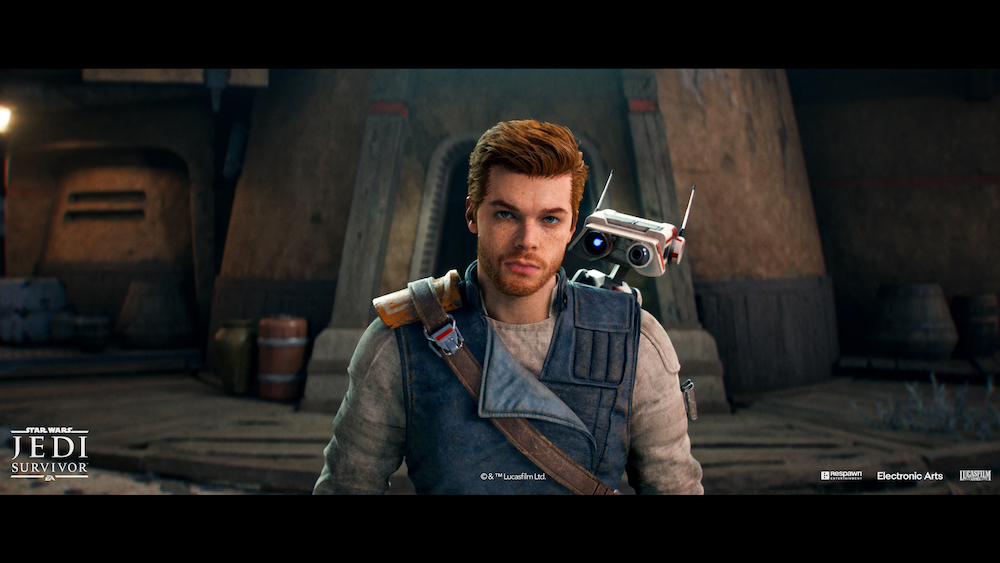In The Beat’s review of Star Wars Jedi: Fallen Order, I concluded that the title offered an entertaining experience, but not a wholly satisfying one. Fallen Order has the bones of a great video game, boasting solid combat, enjoyable platforming, and an interesting world, with the added bonus of classic Star Wars iconography. But the whole of Fallen Order is less than the sum of its parts. However, because the foundation of the game was so strong, I was immediately interested to see what its developer Respawn Entertainment could do with a sequel. I’m happy to report Star Wars Jedi: Survivor not only met but surpassed my lofty expectations.
Jedi: Survivor is not only better than its predecessor, it’s also far bigger. Both titles are metroidvanias, a genre of games that emphasize exploration. But the ability to explore in Fallen Order is limited due to the game’s smaller size. Protagonist Cal Kestis travels from planet to planet, but the locations lack a sense of discovery. You have to travel down a fairly rigid path. It includes the occasional side path and other such diversions, but nonetheless feels constraining. Traveling through Jedi Survivor, meanwhile, feels boundless.
Every planet Cal visits in Survivor is a large explorable where you’re free to go in any direction, never knowing what you’ll find. You encounter a wide variety of side characters, some of whom give you side quests to complete and others simply there to provide a deeper understanding of the planet you’re visiting. The game is more carefully curated than most open world games; every part of the environment feels deliberate. All of this contributes to an unprecedented level of immersion into the Star Wars universe.
An easily-overlooked but brilliant aspect of the world design is how easy the planets are to navigate. My sense of direction is subpar and spatial awareness nearly nonexistent, so I frequently, embarrassingly, get lost in a big game’s world. That rarely occurred during my playthrough of Jedi: Survivor. The environments are so thoughtfully constructed that I inherently understood where to go next. The few times I didn’t, I took advantage of the plentiful Navigation Assist options in the settings, which are more advanced than anything I’ve encountered before.
The game even avoids a frequent frustration of video games by subtlety delineating between the main path and side content. Normally, when players arrive at a branch in a path, they have to blindly guess which direction moves them towards the main objective and which contains side content. In Survivor, the answer feels intuitive. The game’s unique aptitude for nudging players in the right direction is easily one of its most impressive features.
The most revolutionary part of its design is how Cal retains virtually all the weapons and abilities he acquired over the course of the first game’s campaign. Normally sequels reset characters to their factory settings, forcing players to relearn the skills they mastered in the previous game, which Samus repeatedly loses her super-powered suit at the start of Metroid games. Survivor forgoes that path and as a result every upgrade is brand new, building and expanding upon everything that came before. As a result, the game feel fresh in a way few sequels manage.
Cal learns three new lightsabers stances over the course of Survivor, all of which can be expanded by spending skill points. It amounts to more than enough content to keep the combat engaging throughout your 30+ hour playthrough. The lightsaber combat maintains its Soulslike DNA, which requires a more deliberate style of gameplay, but Survivor adds a more arcade-like fee, with more frenetic action and easier-to-discern enemy patterns. Respawn mainstreams the style of combat in a way that might not enthuse the most dedicated fans of games like Dark Souls and Bloodborn, but the changes make it accessible to a much wider audience.
With Jedi: Survivor, Respawn further refines its excellent 3D platforming. Jumping, dashing, and wall-running have never felt more satisfying in an action-adventure title than they do here. The game also contains areas that resembling shrines in The Legend of Zelda: Breath of the Wild, which challenge players to use their hero’s abilities to solve physics-based puzzles. They aren’t where the game shines brightest, but they’re more than adequate, serving as interludes between more action-heavy parts of the game.
For the first two-thirds of the campaign, the plot of Jedi Survivor is very by by-the-numbers. Despite an outstanding opening cinematic and some impressive action sequences peppering throughout, Cal’s journey felt like a story I’ve read/watched/played a hundred times before. The last third of the game contained exciting twists, tragedies, and meaningful character moments. I just wish that energy entered the game in its first 20 hours.
For a sizable portion of the game, my enjoyment of the story was almost entirely driven by my interest in the cast, including Cal himself, who feels like a much developed character here than in Fallen Order. The trials he’s faced attempting to rebuild the Jedi Order add a bit of grit to him, but they don’t take away his hope that he and his friends can help build a better world.
One of the most interesting story choices was how it challenged the Jedi practice of avoiding strong connections, a theme that dominated the Prequel Trilogy but (The Last Jedi aside) has been largely ignored in the years since. A romance develops between Cal and Merrin, a magick-wielding warrior from the planet Dathomir who appeared in Fallen Order but plays a much more central role in this game. Their relationship puts Cal’s faith in the old Jedi ways to the test, adding shades of gray to an often black-and-white world.
The biggest strike against Jedi: Survivor amongst fans and critics alike has been its technical issues, particularly its inability to maintain a consistent frame rate. It was a major issue when the game first launch, but in the time since, the developers released updates that significantly improve the game’s performance. Playing on Xbox Series X, I was able to get a mostly-stable frame rate in Performance Mode by turning off visual effects like Motion Blur and Film Grain. But anyone who wants the best possible experience might want to hold off on purchasing the game until more patches release.
Respawn took everything it learned from Fallen Order and delivered a game that is better in every conceivable way. The studio’s game design philosophy, which emphasizes extensive prototyping, has clearly been a successful one. Normally, the second video game in a series is its best. But I think Respawn will buck that trend with Survivor’s inevitable sequel, due to its unrivaled talent on refining mechanics and building on what came before. For now, though, Respawn should take pleasure in a job well done.
Reviewed on Xbox Series X. Review code provided by EA.


